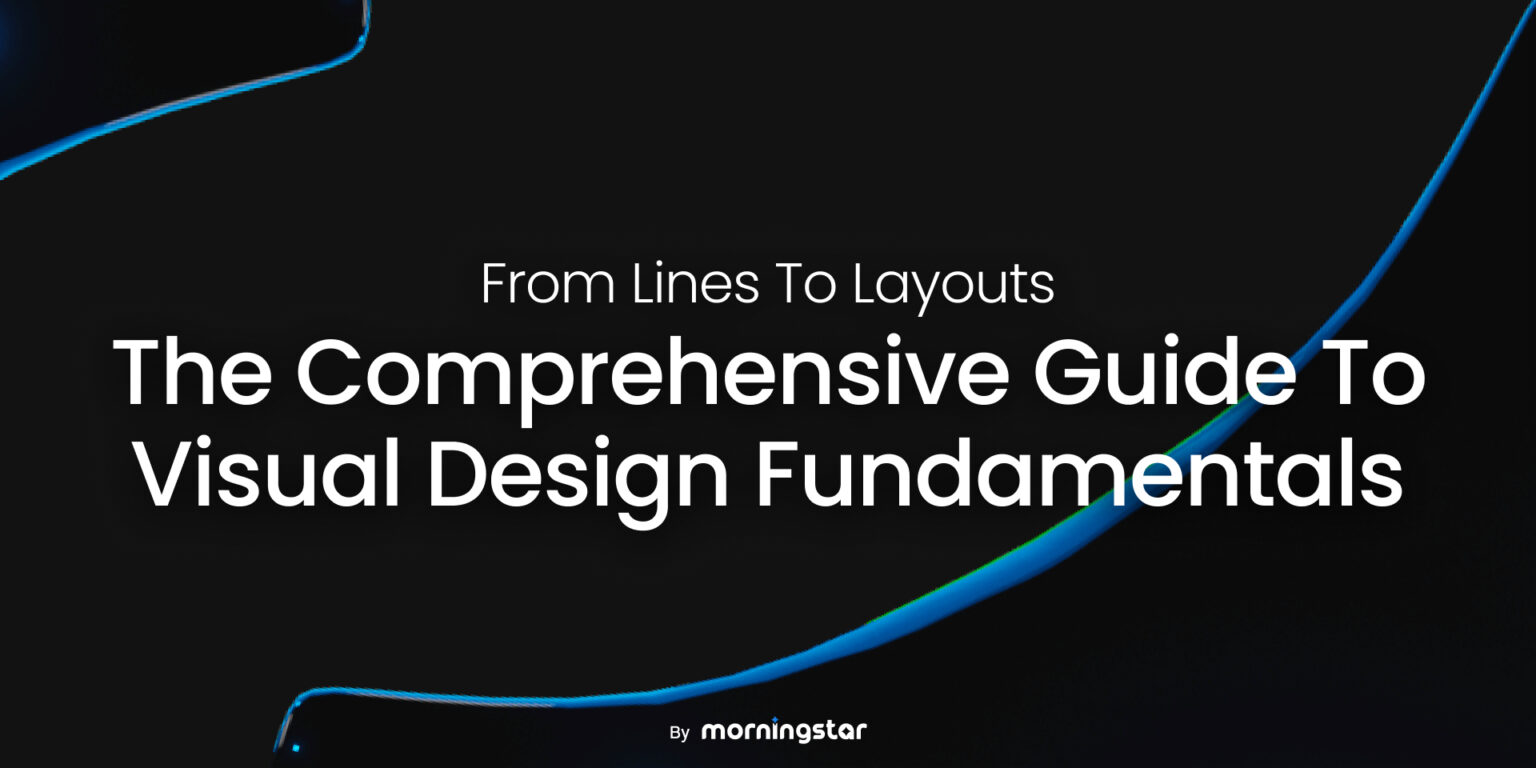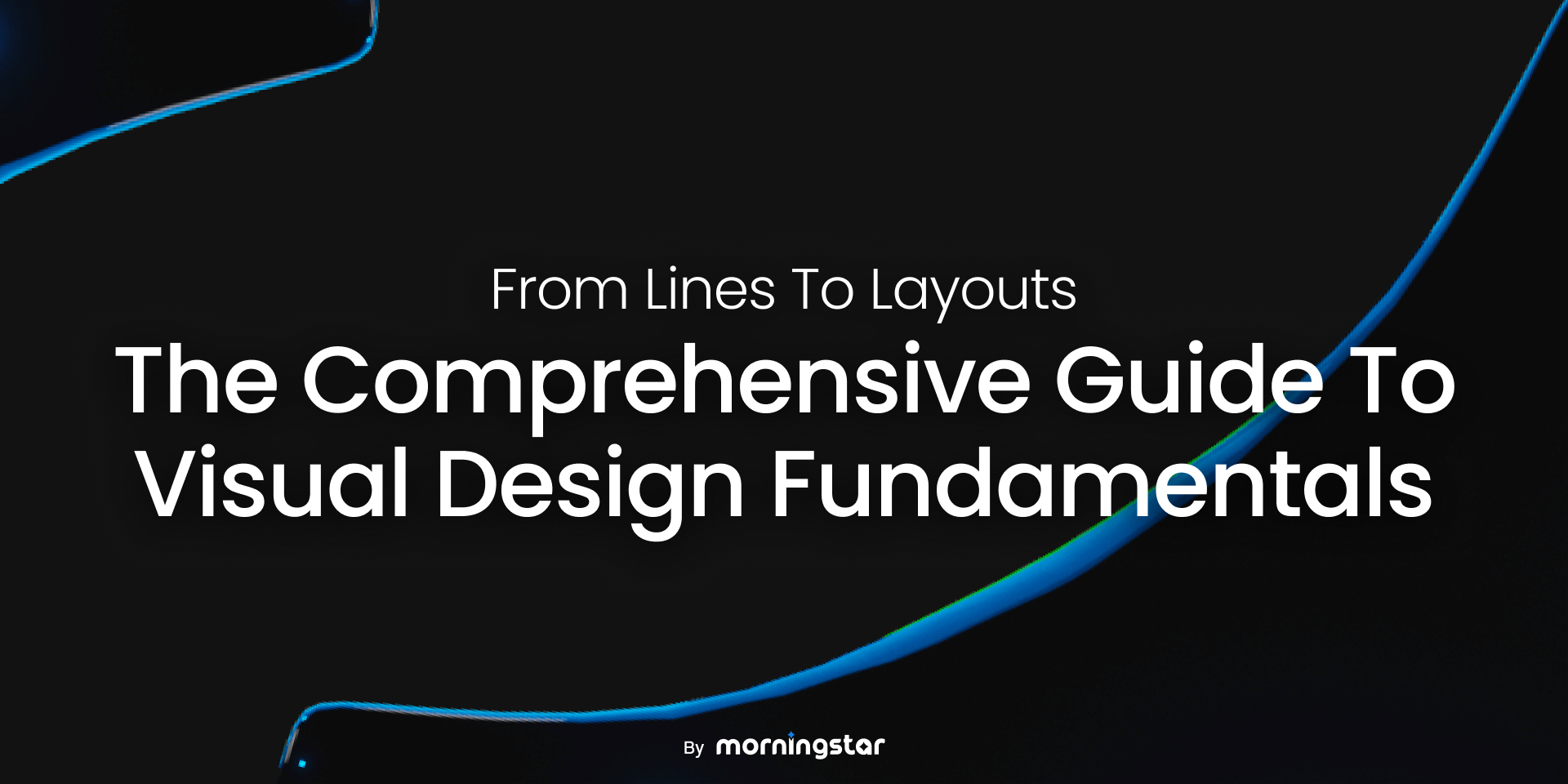From Lines to Layouts
Design Dynamics
Visual design focuses on establishing a cohesive aesthetic for a product. It involves using basic visual elements and organizing them based on design principles to create the style of websites or apps. These elements and principles are essential for effective visual design.
This article introduces the key elements of visual design: line, shape, negative/white space, volume, value, and color. While detailed examination of each element isn’t always necessary in everyday design work, understanding how to effectively combine these elements using design principles is crucial. These principles, including unity, gestalt, hierarchy, balance, contrast, scale, dominance, and similarity, are fundamental in achieving impactful visual compositions.
Visual Design Elements
Products, from software like websites and apps, comprise basic visual design elements. These elements, as outlined by Alan Hashimoto and Mike Clayton in their book “Visual Design Fundamentals: A Digital Approach,” are vital tools for visual designers.
1. Line: Lines, connecting two points, are the simplest visual design elements. They can be used to create shapes, patterns, and textures, varying in thickness, straightness, and style.
2. Shape: Defined by lines or variations in color, texture, or value, shapes are two-dimensional areas crucial for quick and effective communication in design.
3. Negative/White Space: The empty space around positive shapes, known as negative or white space, is important for defining the boundaries of shapes and bringing balance to a composition.
4. Volume: Pertaining to three-dimensional visuals, volume is less commonly used in digital design due to the predominantly 2D nature of screens.
5. Value: Describing light and dark, value helps in creating clarity or subtlety in designs and simulating volume in 2D designs.
6. Color: An essential element, color theory distinguishes between subtractive (CMYK) and additive (RGB) color mixing, critical in both print and digital designs.
Visual Design Principles
The principles of visual design guide the arrangement of these elements for optimal results. William Lidwell articulates their importance in his book “Universal Principles of Design.”
– Unity: Achieving harmony among all elements on a page.
– Gestalt: The tendency to perceive the sum rather than individual parts.
– Hierarchy: Establishing the relative importance of elements through color, size, and positioning.
– Balance: Distributing elements evenly, either symmetrically or asymmetrically.
– Contrast: Using differences in color, size, and other factors to highlight elements.
– Scale: Using relative sizes to emphasize elements and create depth.
– Dominance: Focusing on a single element to draw attention.
Applying these principles and elements in practice, like on Google’s homepage, can illustrate their effectiveness in creating visually appealing and functional designs.
In conclusion, the elements of visual design form the foundation of a product’s aesthetic. While individual elements might not require daily scrutiny, the principles guiding their combination are pivotal in visual design, aiding in achieving various effects like unity, balance, and hierarchy.



